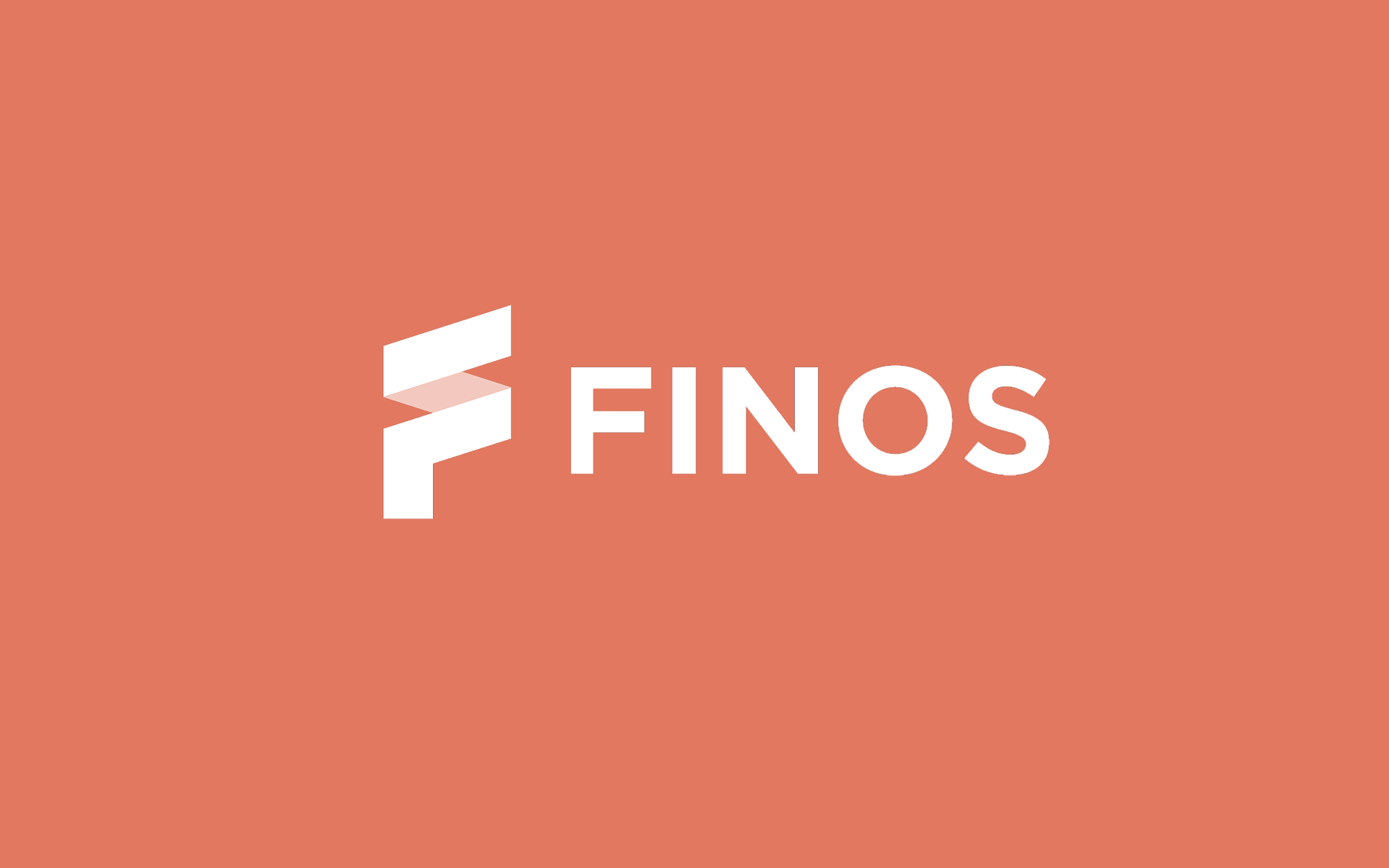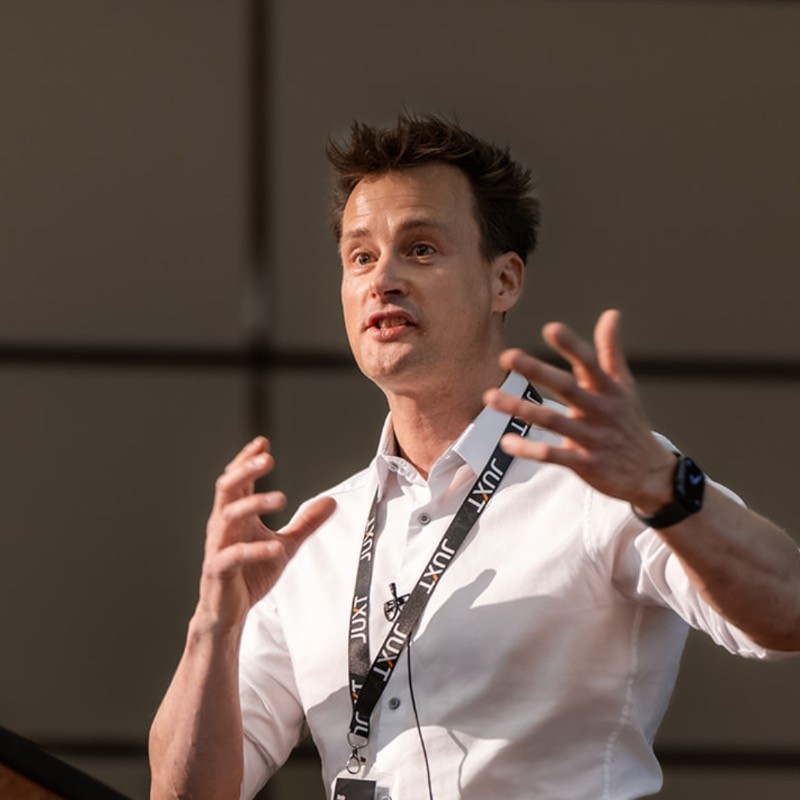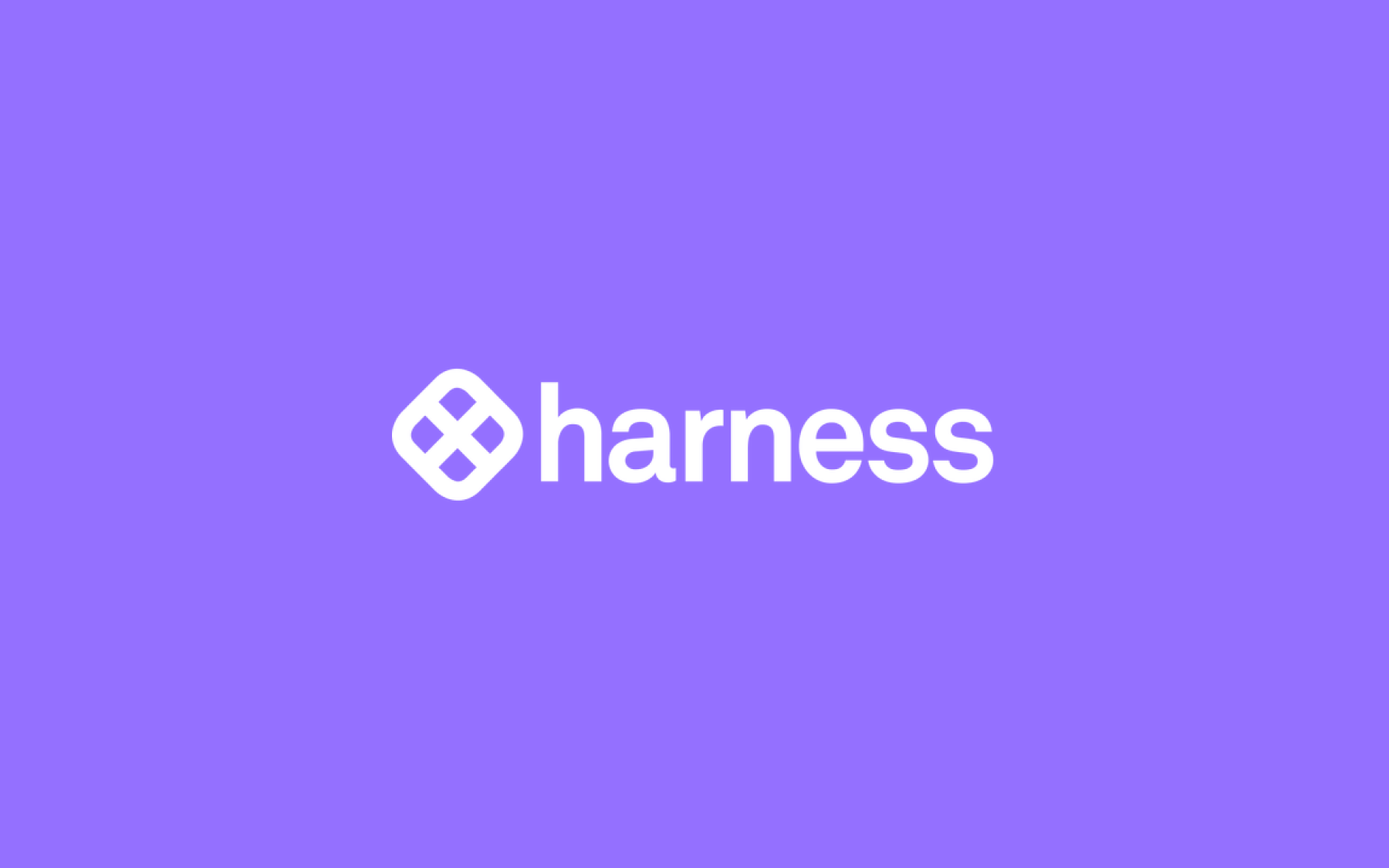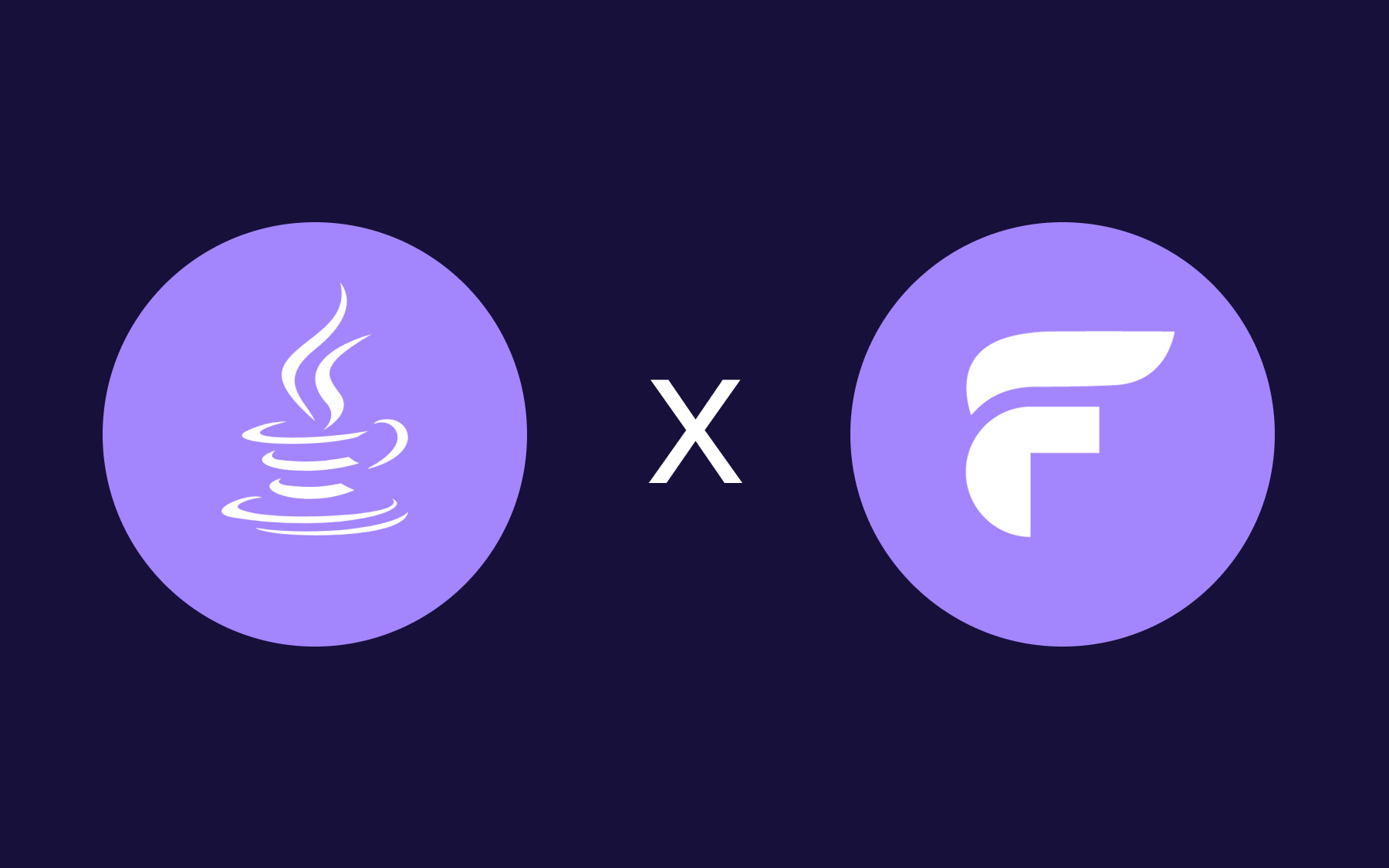Developer-Led Podcast: Bootstrapping a Commerical Open Source Company to $1M ARR

We’ve chosen to bootstrap Flagsmith and keep it open-source. We continue to do so while open-source companies in the space are actively raising external capital.
Flagsmith founder, Ben Rometsch, talked to Jonathan Reimer from Crowd.dev on the Developer-Led Podcast about building an open-source tool and continuing to refine our ICP and niche in the market in a rising tide.
Tune in to hear about what we’ve learned, the mistakes we made on the road to $1M ARR, and the type of company we choose to be.
Listen to the episode:
Some questions covered in the podcast:
- Why bootstrap?
- How can agency work complement growing an open-source company?
- How did we find our ICP? Which mistakes did we make while defining our ICP?
- How do we compete with other open-source competitors that have raised external capital?
- How do we position to customers as a bootstrapped team?
- How did we get to $1M ARR?
Why bootstrap?
We were running an agency alongside Flagsmith at the start, and that took a lot of the financial pressure off. It let us take our time and slowly refine our ICP as we grew.
We also don’t want to build the type of business that depends on VC funding. From the start, we knew we wanted to build a profitable business and make our own decisions with it. The agency work gave us the ability to grow to profitability at our own pace. Then, as the business grew we were able to slowly move over from the agency and dedicate more team members to the business full-time.
How do we stay competitive while other companies in the space are raising external capital?
We’re aware of the other businesses out there that are fundraising. We firmly believe in the superpower of small teams and our monolith product that’s simple to deploy. We’ve been very conscious in our decisions around what to build—and what not to build.
We’re a growing team, too, and we have great engineers that get a lot done. Plus we have support from external teams that help with content etc.
External capital comes with a lot of external pressures and requirements to keep up with, and you can become dependent on the next round. Investors will have stakes in things like pricing and upselling, which can become a moral hazard in the feature flagging space. There’s a lot of code lock-in with feature flags, and we’ve chosen to work with OpenFeature to prevent customers from being locked to a specific feature flag provider.
We’ve chosen to keep control over our growth and to give customers control over their feature flags as well.
How did we bootstrap $1M ARR by building a tool for open-source feature flags?
We had a steady stream of inbound leads from enterprise organisations that want enterprise licenses and on-premises feature flags, and that gave us a lot of direction. The pattern became clear and it was something we needed to look at.
We work with a team of three guys who have a tonne of experience in building companies up at this level. They helped us reorient our go-to-market strategy, focus on our ICP, develop a content strategy and so on.
We made a conscious decision to focus on a target customer that wants to run the platform in their own infrastructure.
Tune into the podcast to learn more about how we built Flagsmith and decided to focus on open source feature flags.
Relevant links
- Lessons Learned Along the Way to $1M ARR - to learn more about our experience building a bootstrapped company
- Our Flagsmith roadmap - to learn about upcoming features and the direction we’re going
- About Us - to learn more about who we are and why we're building the way we are
On-premises feature flags - to learn about self-hosting and how teams deploy to their own infrastructure

.webp)



























































.png)
.png)

.png)

.png)


.png)






















.png)












